It’s a Wonderful Time of Year for Christmas Movies
GROWING UP JEWISH I never experienced Christmas firsthand, a blow softened by our Italian Catholic neighbors right next door who did it up big. Thanks to them my sister and I always got our share of candy canes, tinsel, eggnog, cookies and all that cool Santa stuff. Still, we were dismayed that there was no twinkling tree in our living room and mortified that neither lights nor reindeer adorned our drab rooftop. To compensate we indulged in as many Christmas movies as were available. Several of them left an indelible mark, and likely not just on us.
“It’s a Wonderful Life” is surely the leader of the pack. A lovely fable shot in timeless black and white starring Jimmy Stewart and Donna Reed, most people have probably seen it the same number of times as their age since it is has aired on TV every Christmas since TV began. Directed by Frank Capra and released in 1947, it’s one that never grows old, filled not only with holiday cheer but important life lessons. Who among us has not imagined how bad everyone else would feel if we were dead?
When his tiny bank fails because of a scam by the town’s greediest rival banker (a Scrooge-like Lionel Barrymore) bent on destroying him, George (Stewart) contemplates suicide rather than tell the townsfolk he’s lost all their money. But then the Angel Clarence—it’s Christmas, after all– intervenes and shows him how rotten everyone’s lives would have been without him. All ends happily and even mean old Mr. Potter warms up, just in time for Christmas. Donna Reed looks stunning throughout with never a hair out of place, and Jimmy Stewart is at his reediest, most attractive moment. This is a must-see-every-year film, usually with a mug of steaming cocoa in hand and a wad of Kleenex at the ready.
My personal favorite had more to do with glamour and romance than Christmas. The glorious Barbara Stanwyck starred in “Christmas in Connecticut,” another 1947 gem that had me wishing I hadn’t been born in Brooklyn but on Manhattan’s Upper East Side. A comedy of errors typical of the times, Stanwyck is a single food writer who, in print, pretends to be a married mother living on a country estate in Connecticut. To appease her fans and keep her job, she agrees to act out the charade when her publisher, unaware of the ruse, dreams up a “holiday on the farm” feature for the magazine and plans to attend.
Dennis Morgan is the handsome Navy war hero invited for the weekend who falls in love with our girl, wooing her with a few romantic songs. On hand for the hijinks are Sydney Greenstreet who was in just about everything in those days, along with another rotund, white-haired character actor, S. Z. Sakall, who had a Hungarian accent and spit on everyone when he talked. (I always liked him.) Against a backdrop of horse-drawn sleighs and snowy white hillsides, never more beautiful than when shot in black and white, Stanwyck wears fabulous dresses throughout, all with tiny waists and big shoulders.
“Miracle on 34th Street” is a great yarn about Santa being real that continues to confuse youngsters to this day. The Santa in question is Kris Kringle (Edmund Gwenn) who applies for a job at Macy’s when the one they already had gets drunk on the day of the big parade. Naturally nobody believes his claim that he is the real deal except a young girl who turns out to be 8-year-old Natalie Wood in her first big role. Her mother (Maureen O’Hara) works at Macy’s and you can just guess all the rest. John Payne, a leading man of the day in yet another 1947 film, supplying the necessary love interest, lives across the hall from O’Hara and provides afternoon day care for her daughter. (Really, it’s not as odd as it sounds.)
Terrible things befall poor Santa, including a short stay at a mental institution and a trial in front of the New York State Supreme Court, all because he insists he is really Santa. I totally believed him, until I saw Tim Allen in “The Santa Clause,” who leaves no doubt that he is the real Santa. A modern (1994) take on a similar theme, Allen literally falls into the job when he slides off his roof and lands on top of Santa Claus, killing him. Turns out whoever kills Santa has the job whether he wants it or not, and Allen is on tap for next year, with 365 days to get ready.
Among the many joys of this movie is perhaps the most dramatic transformation of any actor on screen except for Jeff Goldblum turning into a fly in “The Fly.” Allen gets fatter, older and more bearded with every passing month, and by the time Christmas Eve rolls around he has been fully Santa-ized. He then spends the night going up and down chimneys and flying around in his sled with Dancer and Prancer and all the rest of them. It’s Tim Allen at his best, and if you haven’t seen it yet, this is the year to fix that.
This whole walk down memory lane started when I confessed to a friend that I had never seen “A Christmas Story,” which is apparently considered a true holiday classic released in 1983. So to get me up to speed she had Amazon deliver a DVD to my door pronto. I watched it today and now I know everything.
I know about the Leg Lamp, which is a lamp shaped like the naked leg of a mannequin with a fringed shade on top that the father (Darren McGavin) really loves and the mother (Melinda Dillon) does not. I know about the scene where a kid gets his tongue stuck to a frozen pole, which I could hardly watch. And I know that to fully appreciate the film it’s best to see it with little children who will relate to the plight of a 9-year-old boy in Indiana who desperately wants a certain toy rifle for Christmas. Alas, my own son is now 27 and was not around. On the plus side, it was the first Christmas movie I have ever seen that made me happy I’m a Jew.
Most holiday classics are available at Amazon and often packaged together as special Christmas gift DVD sets. Alternatively, check your local TV listings for broadcasts. Cable movie channels, such as Turner Classic Movies (TCM) and AMC, are a good bet during Christmas week.
–Andrea Rouda
Andrea Rouda blogs at “Call Me Madcap!”
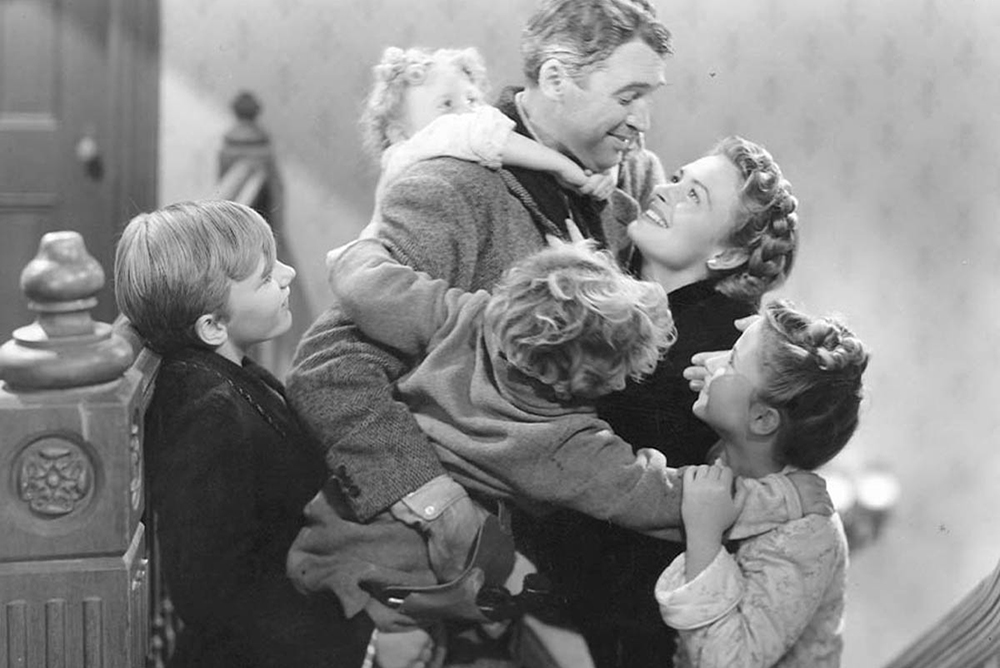 Always heartwarming, “It’s a Wonderful Life,” starring Jimmy Stewart and Donna Reed.
Always heartwarming, “It’s a Wonderful Life,” starring Jimmy Stewart and Donna Reed. 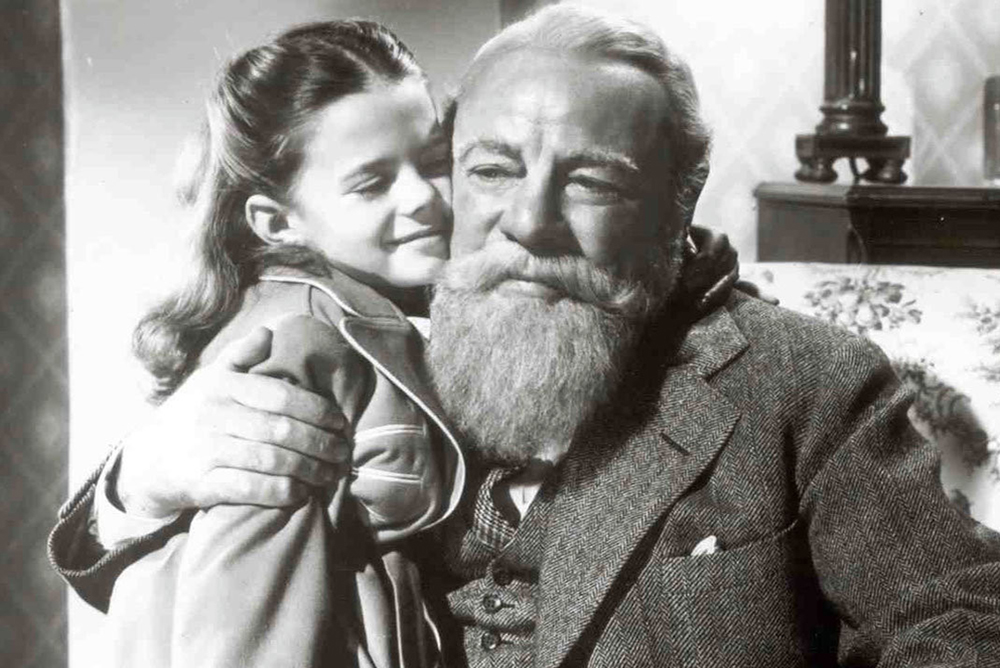 Natalie Wood believes in Santa (Edmund Gwenn) in “Miracle on 34th Street.”
Natalie Wood believes in Santa (Edmund Gwenn) in “Miracle on 34th Street.” 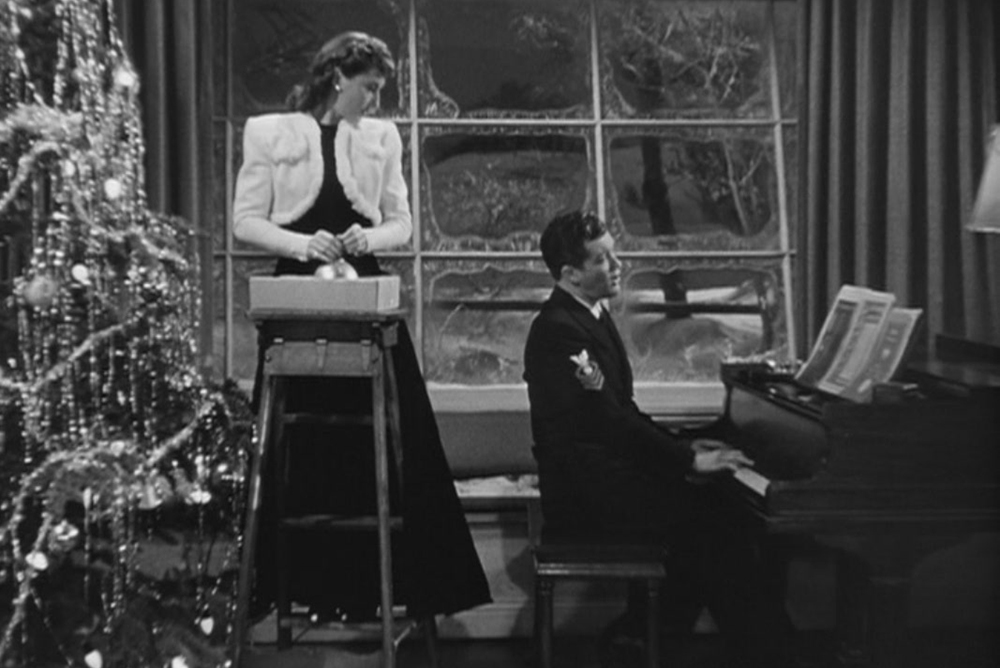 Glamorous Barbara Stanwyck is wooed by Dennis Morgan in the 1947 classic, “Christmas in Connecticut.”
Glamorous Barbara Stanwyck is wooed by Dennis Morgan in the 1947 classic, “Christmas in Connecticut.” 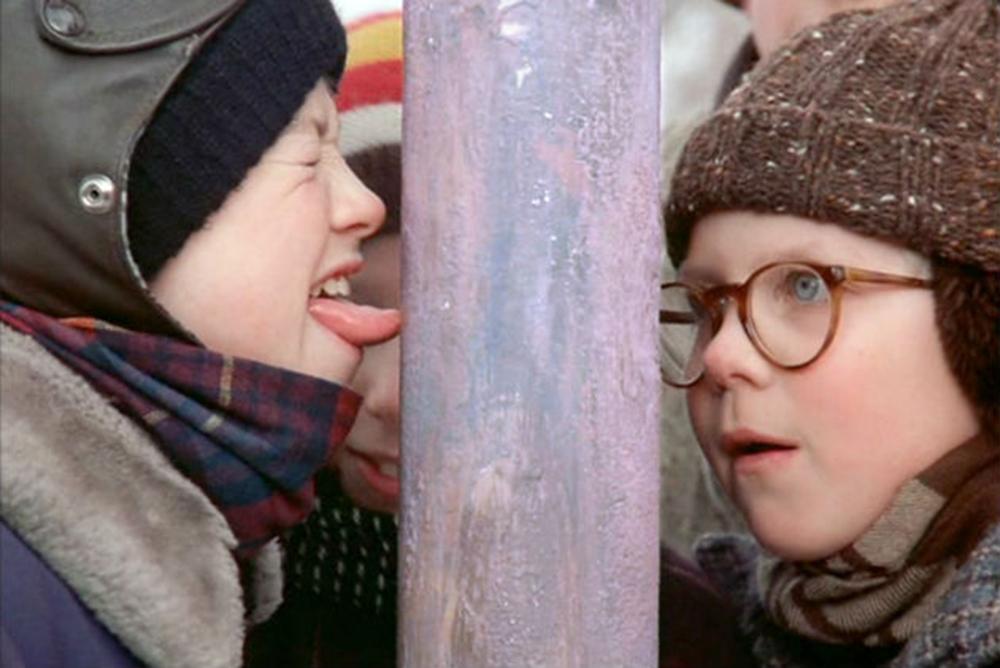 Watch “A Christmas Story” with little kids who will relate.
Watch “A Christmas Story” with little kids who will relate. 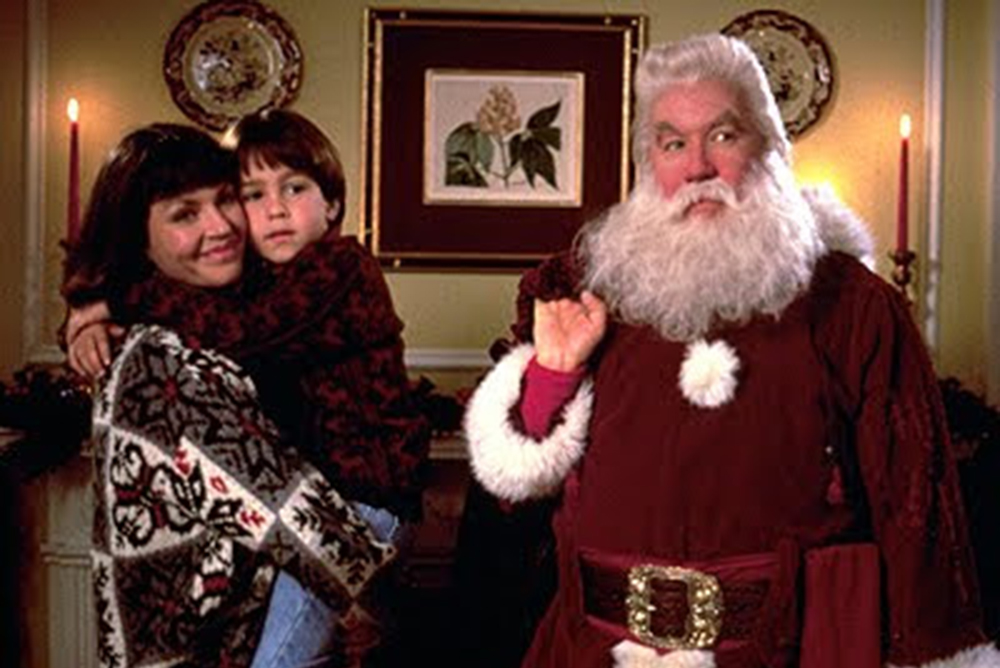 Tim Allen stars in the 1994 movie, “The Santa Clause.”
Tim Allen stars in the 1994 movie, “The Santa Clause.” 